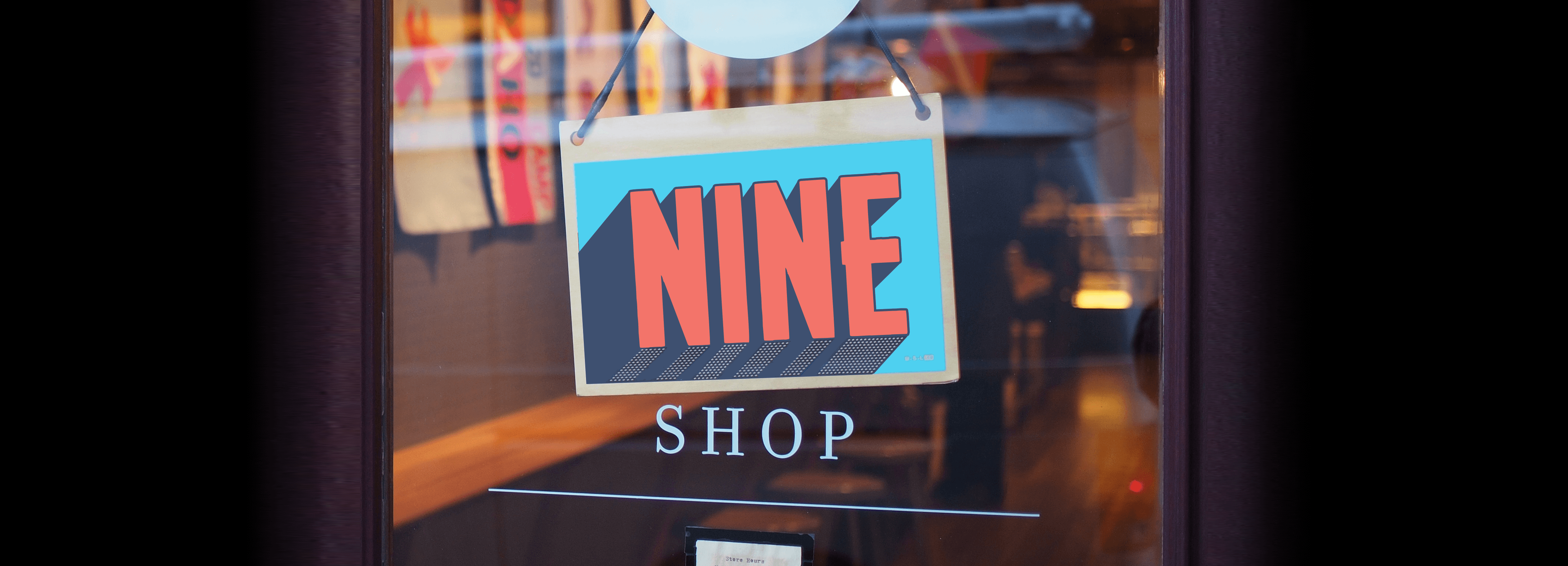Firstly, let’s be clear: retargeting works. Only 2% of traffic converts on the first visit to a website, so bringing back those visitors is crucial. But poor retargeting has a lot to answer for! Not least the fact it’s ruined surprise gift giving for anyone who shares a tablet. Those looks of happiness, shock, or sincere disgust are now pretty much planned in advance. Yes, for Variety’s Janko Roettgers: “the internet has simply spoiled the surprise for us, over and over again”. The problem is that when retargeting fails, it fails bigtime. So why does it go wrong? And what the hell can we do about it?
1. They’re not ready to buy your product!
Well, avoiding pressurising people when they aren’t ready to buy your product is a start. You watch them take a look around your website, read up on your product, and then they leave. So you decide to retarget. Sound familiar? The problem is that these viewers only bothered to look at your homepage, and gave their email away just to find out what it is your company does. They’re not interested in your product. Not one iota. To use an inbound term: they are at the top of the funnel – just. Let’s put it like this, when these viewers start to see your ads for height adjustable desks they’re probably not interested. Desks for cats? Maybe.
Look, retargeting is great. It’s an amazing 21st century tool: a cookie-based technology that uses a simple JavaScript code to anonymously ‘follow’ an audience all over the web. Great for ads, but when used unwisely it’s pretty indiscriminate, and sometimes even annoying. So how can we avoid wasting time and cash, and step away from infuriating an audience that isn’t ready to buy? Carly Stec of Hubspot offers a clear strategy to prevent this: “break down visitors into groups based on their behaviour on the website. Much like lead scoring, visitors can be bucketed into different levels of sales readiness according to the specific pages they have visited”. Simple, and easy to apply. Do it and reap the benefits.
2. Stalking! Don’t do it…it’s seriously creepy
What’s worse than not be ready to buy a product? How about wanting the product and then being stalked by it? Take Guardian writer Stuart Heritage who didn’t like how his search for a garden shed backfired: “my defining personality trait – Stuart Heritage: shed enjoyer – the vast majority of adverts I see online are now for sheds. It feels as if I’m being stalked by sheds”. One way of avoiding this type of creepy retargeting is through the use of frequency caps. Frequency caps allow you to place a set limit on the number of times a specific ad will appear before a targeted individual. This has the effect of helping you be more strategic and not annoy people with shed ads. According to retargeter.com displaying 17 to 20 ads each month per user does the trick..
3. Your retargeting campaign goes on…forever
Duration is another feature of shoddy retargeting. How about constant ads for that luxury holiday you planned with your lamentable ex-boyfriend, months after you broke up? Or you might be a Ms. Matlin who found herself hounded by ads for a dieting service: “They are still following me around, and it makes me feel fat”.
So how can advertisers avoid this pain?
Well using a burn pixel might help, if there’s been a conversion, but there are even simpler ways. Perfect Audience, a retargeting platform, has the answer. It recommends destroying a cookie from a list after 7 days, 30 days, or even 90 days – something that can be set-up when deciding a campaign. After all, if after 90 days, a user hasn’t visited your site again, the likelihood is they won’t. And the best duration for a retargeting campaign? 7 days.
4. You’re still retargeting post conversion
Burn pixels: use them, use them, use them! A burn pixel being another type of cookie that shows there has been a conversion. It means you can stop bothering the viewer, save money, and create other remarkable campaigns. But it also gives you something else: more data. You now know who has bought your product and maybe there’s the potential to entice them with something else they need. BannerFlow Marketing Analyst Fay Pistikozoglou remarks: “You have to avoid retargeting the same product. Once you know there’s been a conversion, why not use post conversion retargeting? It’s a good chance to upsell, cross sell, etc”. Rather than greet your customers with a general lack of respect and ignorance, show them how to make the most of their new product or subscription. In not so many words: be smarter.
5. Bad retargeting leads to ad blocking!
According to Adblock Plus Business Development Head Christian Dommers, one of the key drivers in the uptake of ad blocking services is poor retargeting. Yikes! Dommers doubles down: “If you chase people through the web and they see the same ecommerce ads from all over the place on every website they go to, people feel hunted, feel their privacy has been violated”. This is bad for sites that rely on advertising, particularly news publishers, and even worse for advertisers and publishers.

So how can we deal with “blunt-edged” retargeting? For Intent HQ chief executive Jonathan Lakin it’s easy: collect more useful online behavioural data. For example, by using permission-based logins and then “applying sophisticated new methods involving artificial intelligence (AI) to target ads and content more accurately”. Advertisers and publishers applying this method are enjoying a dramatic rise in conversion rates. But that’s not the whole story…
6. Badly designed ads don’t help either
Another issue that retargeting needs to get better is ad design. Remember badly designed ads, whether retargeting ads – or not – are still badly designed ads. The same goes for intrusive ads. The way forward? Pretty obvious really: diversify your ad formats; and try to be different too, rotate designs.
Rather than putting the same ad in front of the same viewers, swap your existing ads for fresh ones to entice visitors, not push them away into the hands of ad blockers. Tools like Bannerflow’s banner builder help make this easy to do. Use all the weapons at your disposal. See which ads are performing, and which aren’t. Why not use A/B testing to uncover the most effective ads; the retargeting ads that viewers want to see. Oh, and get this: according to Hubspot, a user is still far more likely to engage with a remarketing ad than a brand new generic display ad. That’s even after having seen the retargeting ad six times before. So make that retargeting display ad the best designed ad it can possibly be!
7. But there is one thing that’s pretty difficult to stop
Lastly, returning to Janko Roettgers: “The tablet on your coffee table is an inherently social device, and phones and laptops frequently get passed around as well. If anyone in your family used any of those devices to do their holiday shopping, you are likely going to see ads poised to ruin surprises”. There’s no denying this is an issue. However, Björn Kalström, Product Manager here at Bannerflow, makes a solid suggestion that could solve Janko’s problems: “If you do your holiday shopping on a shared device use incognito mode in the browser, that’s the only way to be sure”. Of course using incognito mode all the time isn’t ideal for both consumers and advertisers – for obvious reasons. But for those secret gifts, it will avoid having to explain to your 4-year-old the complex relationship between Santa and Amazon.
Conclusion
There you have it: how both to fail and succeed at retargeting. Oh, and if you think bad retargeting couldn’t annoy potential customers more then get this: in the UK, traditional postal services are joining in on programmatic. Someone who doesn’t disable their cookies can now find themselves stalked via snail mail too. But there is hope. As mentioned AI, and machine learning tools, look set to play an ever more important role in online advertising. It’s pretty certain that IBM’s Watson – which has already had success in buying media – will emerge as another retargeting tool, no doubt improving and increasing conversion rates. Plus, help put another nail in the coffin of bad retargeting. Oh, and if you want to know more about retargeting well or designing better ads then why not get in touch with Bannerflow to see how we can help.







